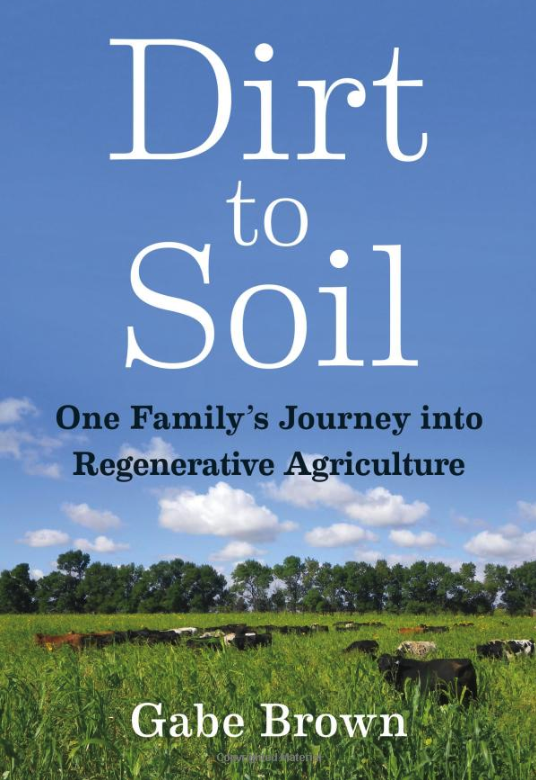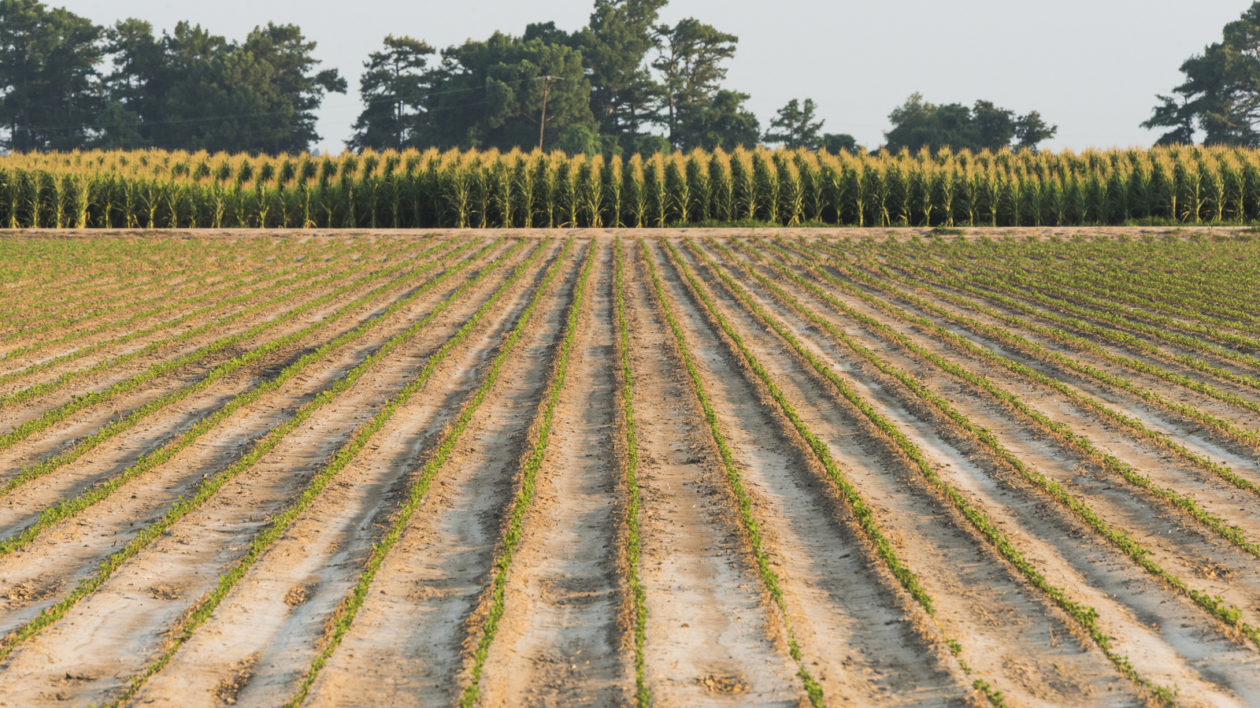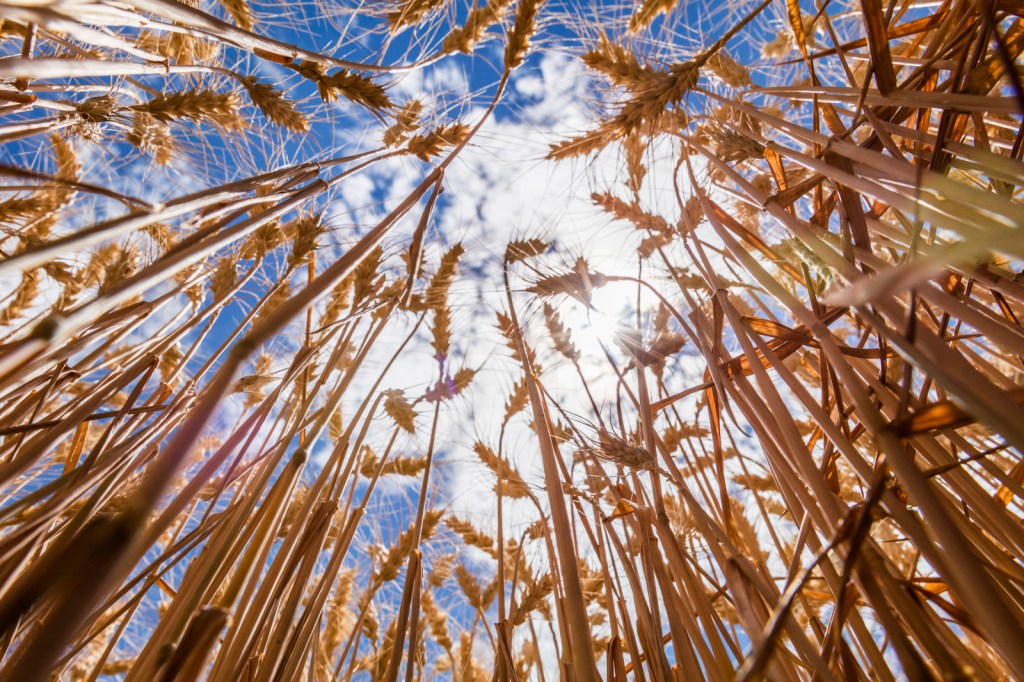Quite a few years back, while working the wheat harvest in the middle of Oklahoma, I met a leathery skinned farmer. He lived through the dusty, hardscrabble, droughty years of the Great Depression, and experience had taught him plenty. I still recall his silver belt buckle, his straw cowboy hat, and the funny joke he told me about the buffalo on a buffalo nickel, which I can’t repeat here. He wanted me to know, and so told me in no uncertain terms, that there’s one way, and one way only, to plow a field.
We were standing then in the fresh golden stubble of a wheat field. It was hot. We’d just finished combining and after a day of steady motion we were finally still, the diesel engines at rest. I can still recall the animated force in his muscly hands – he made his fingers into the tines of a chisel plow – to make his point as vividly as I recall what he said: “You’ve got to set the plow deep.”
The trouble was, he was wrong.
It’s not that there was anything unusual about his thinking. Back then, only a relative few farmers, widely regarded as kooks, strayed from the conventional farming practices of the day. That would include work the soil intensively, leave the soil exposed and unprotected, and replace lost nutrients with chemical fertilizers. Today, this remains true wherever the short-term promise of the Green Revolution has become an article of faith. It’s the current model of industrial agriculture, producing most of the world’s food commodities – namely, soybeans and grains like maize and wheat – and it’s taking a toll on our soil.
But thanks to advances in our understanding of soil biology and a powerful movement led by farmers and scientists, the way we treat our soil is getting a fresh makeover.

One of these revolutionaries, a North Dakota farmer named Gabe Brown, has written a book that retraces his decades-long quest to run his 5,500-acre farm profitably. Titled Dirt to Soil: One Family’s Journey into Regenerative Agriculture, it’s part manifesto, and other parts autobiography, technical journal, how-to, testimonial and tell-all.
It’s the latter that makes this a surprisingly enjoyable read. Brown’s experience is hard-won. His stories lend insight into farming’s hardships and uncertainties. There were hail storms, crop failures and false starts at trying something new. All took their toll. Off-farm work paid the bills when farming couldn’t. He comes clean about just how grim farm life can be.
 Brown writes that in hindsight, recovering from the string of failures his family faced turned his operation into an experimental farm of sorts, born of necessity. For instance, he couldn’t afford to pay for basics, such as fertilizer or even baling twine. Enduring hardships like these led him on the path of discovery he details in his book.
Brown writes that in hindsight, recovering from the string of failures his family faced turned his operation into an experimental farm of sorts, born of necessity. For instance, he couldn’t afford to pay for basics, such as fertilizer or even baling twine. Enduring hardships like these led him on the path of discovery he details in his book.
Embedded in his story are five principles of soil health – his experience and learning distilled into a message that aligns with the tenets of the larger regenerative agriculture movement. They call for minimizing soil disturbance, armoring soil with plant cover, nurturing plant and animal diversity, maintaining living roots in the soil, and integrating animals into a farm’s nutrient cycle.
This book steers clear of divisive issues with which some readers may be familiar, such as organic versus conventional or the good and bad of GMOs. It doesn’t need to go there. Brown allocates his ink to encouraging practical ways of making soil healthier, reducing off-farm spending on farm chemicals, and making farmers more successful. This restores ecosystems, yielding cleaner water and more plants for insect pollinators, for starters.
Brown’s book, written in collaboration with Courtney White, is for farmers. But as a gardener and someone who is curious about how food is produced, I can recommend this book for a far wider audience.
For all that’s written about the failings of agriculture nowadays, how often do we hear from an actual farmer? Brown pulls back the curtain on the very real peer pressure that serves to limit innovation in farming communities.
His notion that there had to be a better way caused rifts in his family – he’s a farmer who sold his plow, after all. He jokes that he no longer gets free ball caps from the farm chemical salesmen. Briefly, he addresses the economic consolidation occurring at all levels of industrial agriculture, from farms to commodity buyers to chemical and seed suppliers, among others. We consumers get our share of the blame for voting with our dollars for a food supply system that values cheap over quality – Brown’s own example of farm-to-table marketing aims to disrupt that.

There is one distinction he makes clear and he does so succinctly. Brown draws an indelible line between what might popularly be called sustainable agriculture and the name for this new rural movement known as regenerative agriculture.
“I know sustainable is a popular buzzword today,” he writes (the italics are his). “Everybody wants to be sustainable. But my question is: Why in the world would we want to sustain a degraded resource? We instead needed to work on regenerating our ecosystems.”
He focuses on the benefits to farmers, but the utility reaches far beyond the fence line. Regenerative soil practices generate precious top soil, produce food that is more nutrient-dense and store carbon in the soil – a natural solution that lessens the effects of climate change.
Farmers like Brown are standing on the shoulders of scientific discovery. That is, the quest to understand and then test our understandings. Thinking back to that day in the Oklahoma wheat field all those years ago, I’m reminded of the good that comes from challenging our articles of faith.
We may think of agricultural traditions as evolving slowly, but history shows major shifts can occur relatively quickly – today’s widely practiced industrial agriculture model swept across the world’s breadbaskets in the span of a single generation.
Who knows? The next-generation farmer who’s working that same Oklahoma wheat field today could one day sell the plow, forgo chemical fertilizers, and devote himself to renewing the soil. Or perhaps he already has.




I can’t wait to buy the book! Looking forward to reading about regenerative farming practices!
Certainly an eye-opening article! Sure is good to see something other than “industrial” farming – overuse of chemicals and land! Needs to “catch on”!! We cant afford to allow the big ag mindset to destroy every piece of farmland in the US.